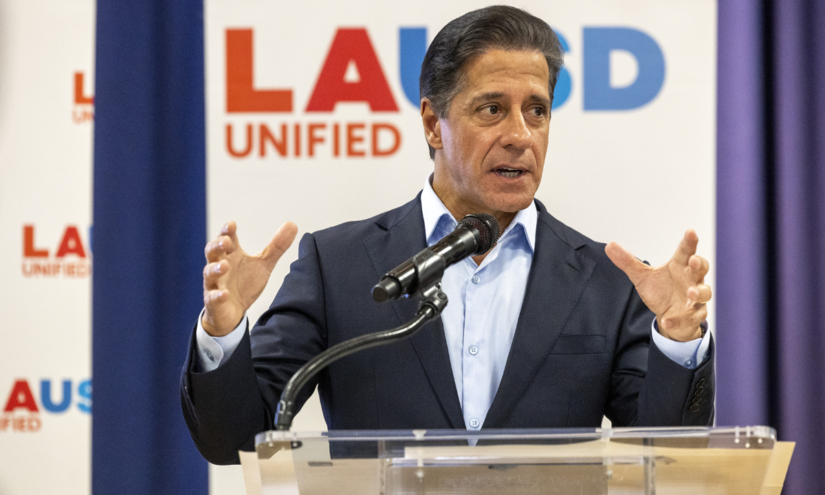During this summer, a team of students from MIT embarked on a journey to the sou …
New Policy to Prevent Los Angeles Charters from Using Numerous Public School Buildings
Emma Wordsmith

A new policy has been implemented by the Los Angeles Unified School District, which will prohibit charter schools from operating on hundreds of school campuses. This policy is considered to be one of the most restrictive of its kind. The new regulations were presented at a recent school board meeting and will prevent charters from being located on campuses that cater to vulnerable students, affecting approximately 350 out of the total 770 school buildings in the district. However, charter schools will still be provided with space in other LAUSD district school buildings to operate.
Under these new rules, co-locations will be prohibited in low-performing schools, community schools that offer social services, and schools that are part of the district’s Black Student Achievement Plan. This will have an immediate impact on around 21 charter schools that are currently co-located in these buildings, enrolling thousands of students who may now have to be relocated to different LA Unified campuses in the coming fall.
“This is one of those situations that, no matter what, we’re going to have some people dissatisfied on either side,” stated L.A. school superintendent Alberto Carvalho, who created the new regulations based on the direction of the district school board.
Carvalho emphasized that the new regulations align with a state law from 2000 that requires California districts to provide classroom space for charter schools. Currently, there are 50 charter schools co-located in 52 LAUSD school campuses, serving approximately 11,000 students. Additionally, 13 more charter schools have requested space for the upcoming school year.
“I believe that what has been presented may in many ways alleviate some of the issues,” Carvalho added. “However, we need to be vigilant and honest about unintended consequences of well-intentioned policies.”
These new rules mark a departure for Los Angeles, which has historically been supportive of charter schools. As soon as the policy was announced, charter advocates expressed opposition, even threatening legal action in a letter to the school board.
Myrna Casterajón, the President of the California Charter School Association, argued that these rules violate state law by preventing charter schools from operating in entire neighborhoods served by schools falling into the three categories mentioned above. In the worst-case scenario, charter schools could be forced to evacuate their current campuses.
The association’s letter to the board pointed out that the policy contradicts a portion of the state law that requires fair sharing of public school facilities among all public school pupils, including those in charter schools. Casterajón also expressed concerns that the policy could create “charter school deserts” in underserved parts of the district.
The ongoing conflict surrounding charter schools in Los Angeles came to a boiling point in September when the board issued a resolution instructing Carvalho to create this policy. The resolution, developed by board president Jackie Goldberg and board member Rocio Rivas, specifically called for preventing the co-location of charters in school buildings that serve vulnerable students in the three designated groups.
“Schools that are struggling the most to educate our students should not be burdened with additional responsibilities, such as figuring out a bell schedule and sharing common areas like the cafeteria and playground,” said Goldberg.
Mike Petrilli, the President of the Fordham Institute, noted that while districts like Los Angeles may provide classroom space to charter schools, they typically do not allow charters to choose their preferred locations. However, it is rare for a city to exclude such a large number of schools from co-location eligibility. Petrilli commented, “It’s unusual for the district to be so blatant and put it in writing rather than finding various ways to make things difficult. It seems very confrontational.”
The new regulations have received generally positive feedback from board members who support the changes. The board will vote on adopting the policy next month. Board member Nick Melvoin, who voted against the resolution back in September, expressed opposition to the new policy. Melvoin believes that the district has sufficient space for all students, and alternative solutions like using private buildings or strategic school sites should be explored to mitigate any negative impacts caused by co-location.
“We definitely have enough space for everyone. We just don’t allocate it properly,” said Melvoin.


